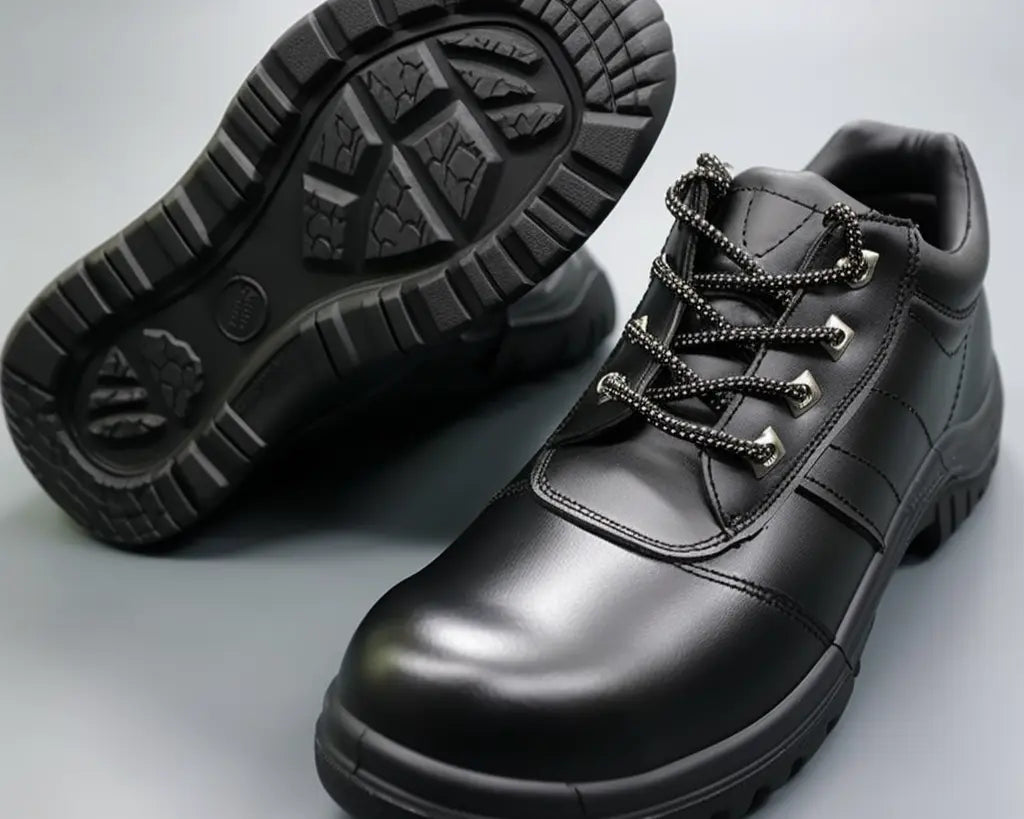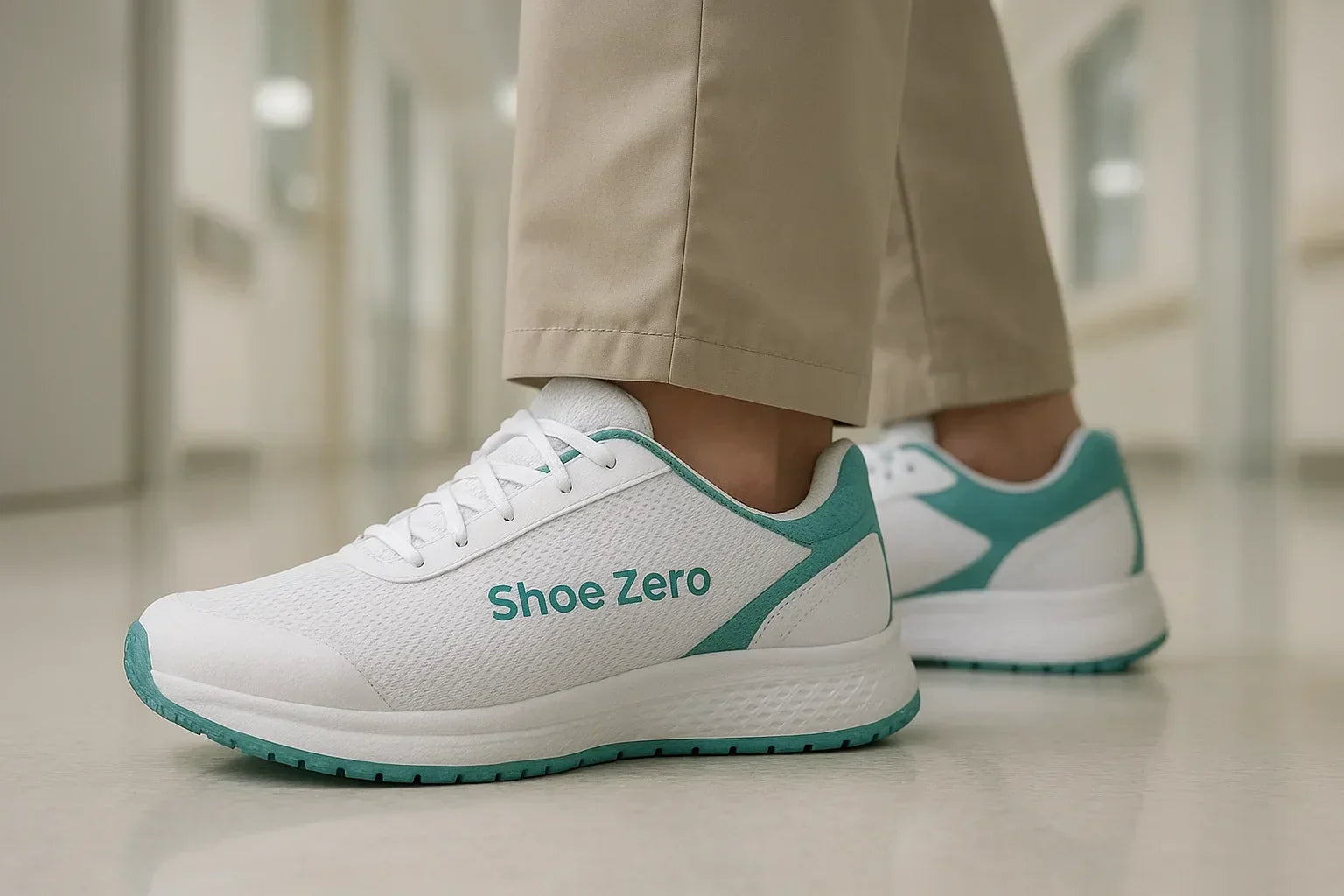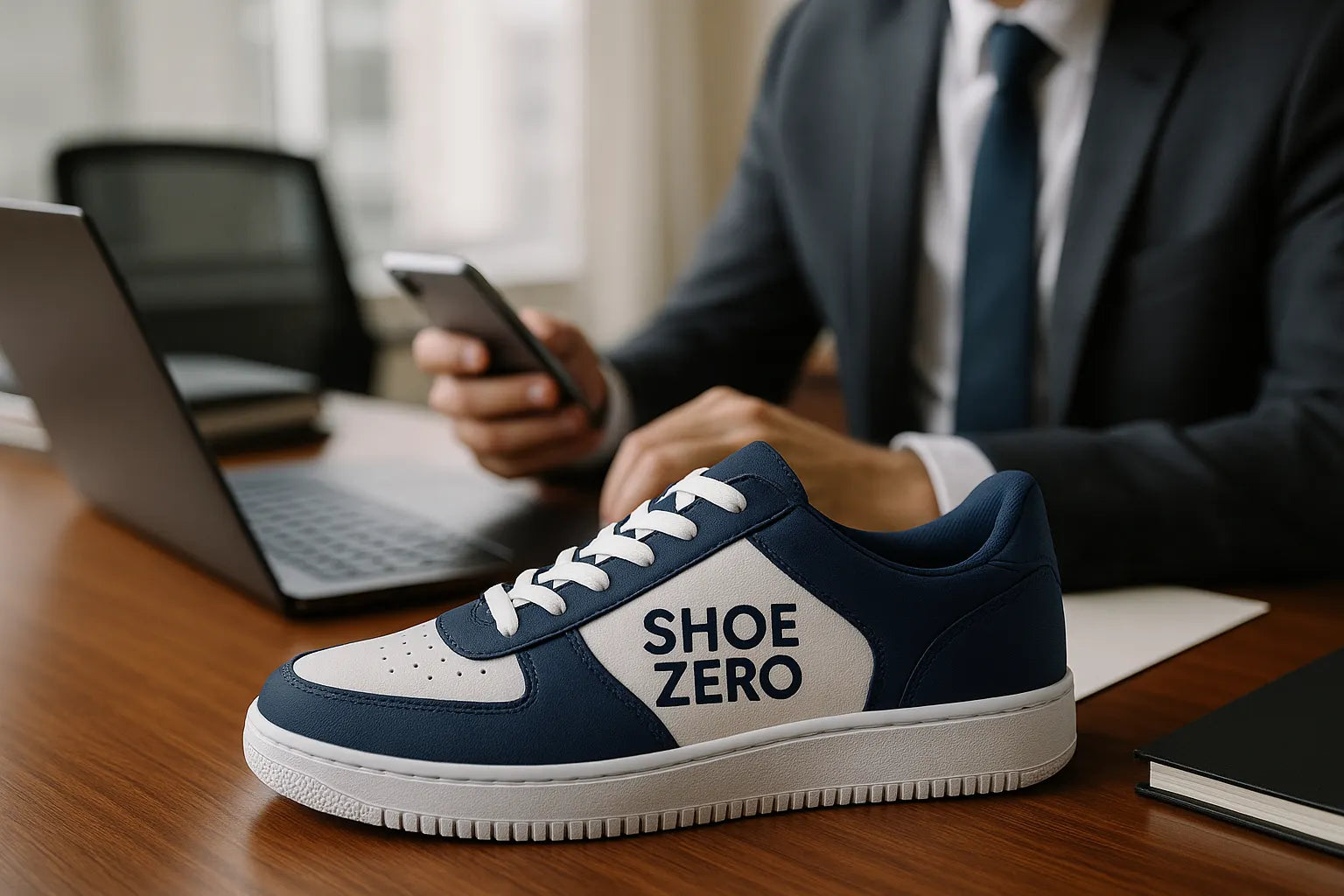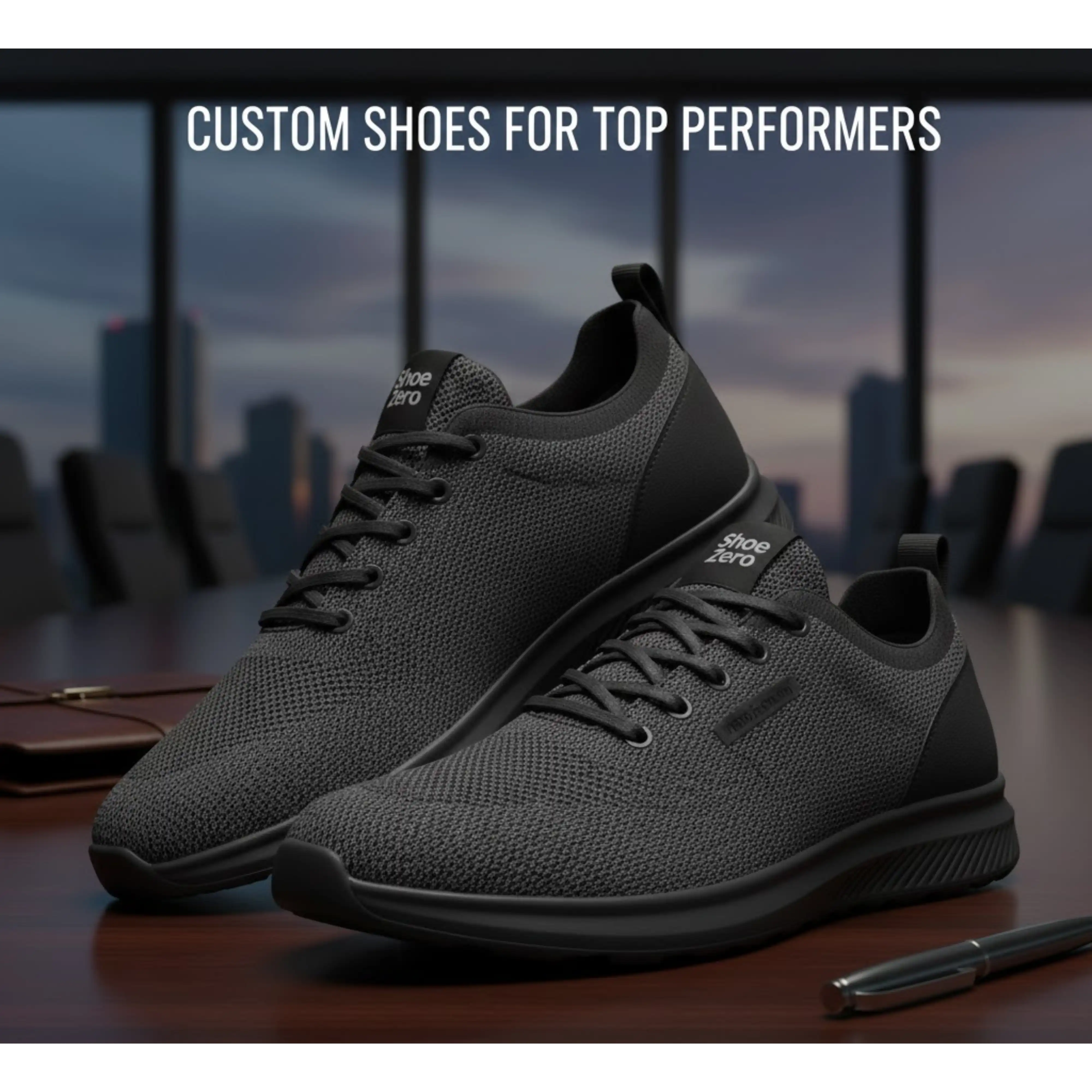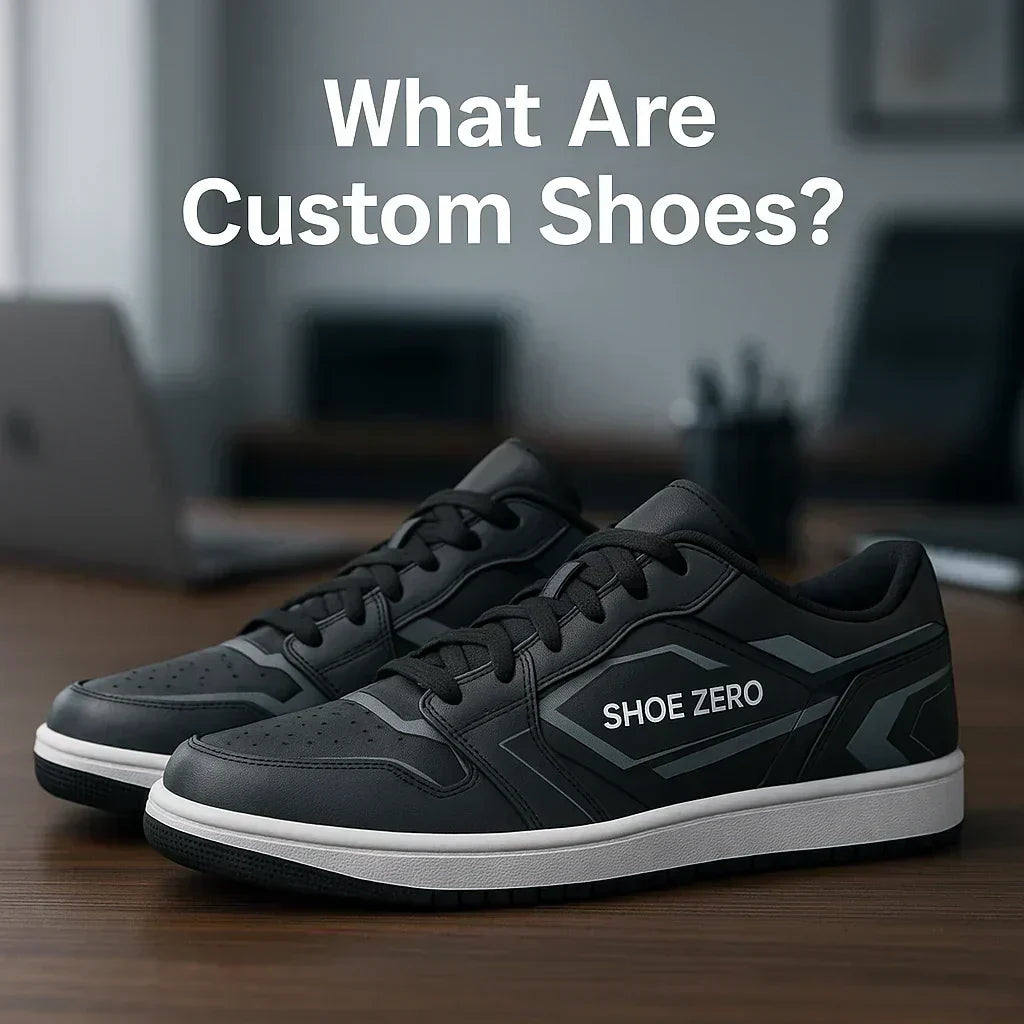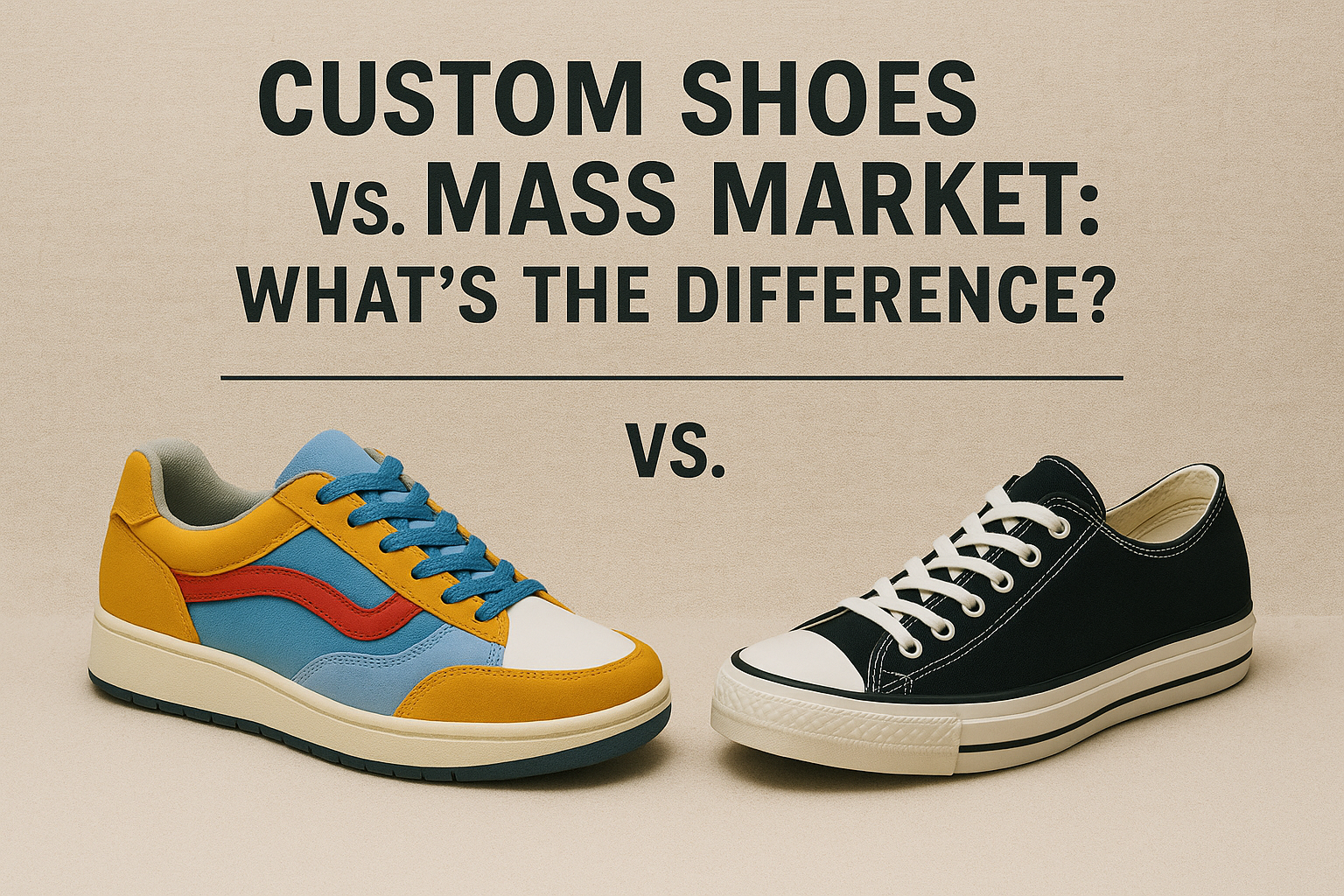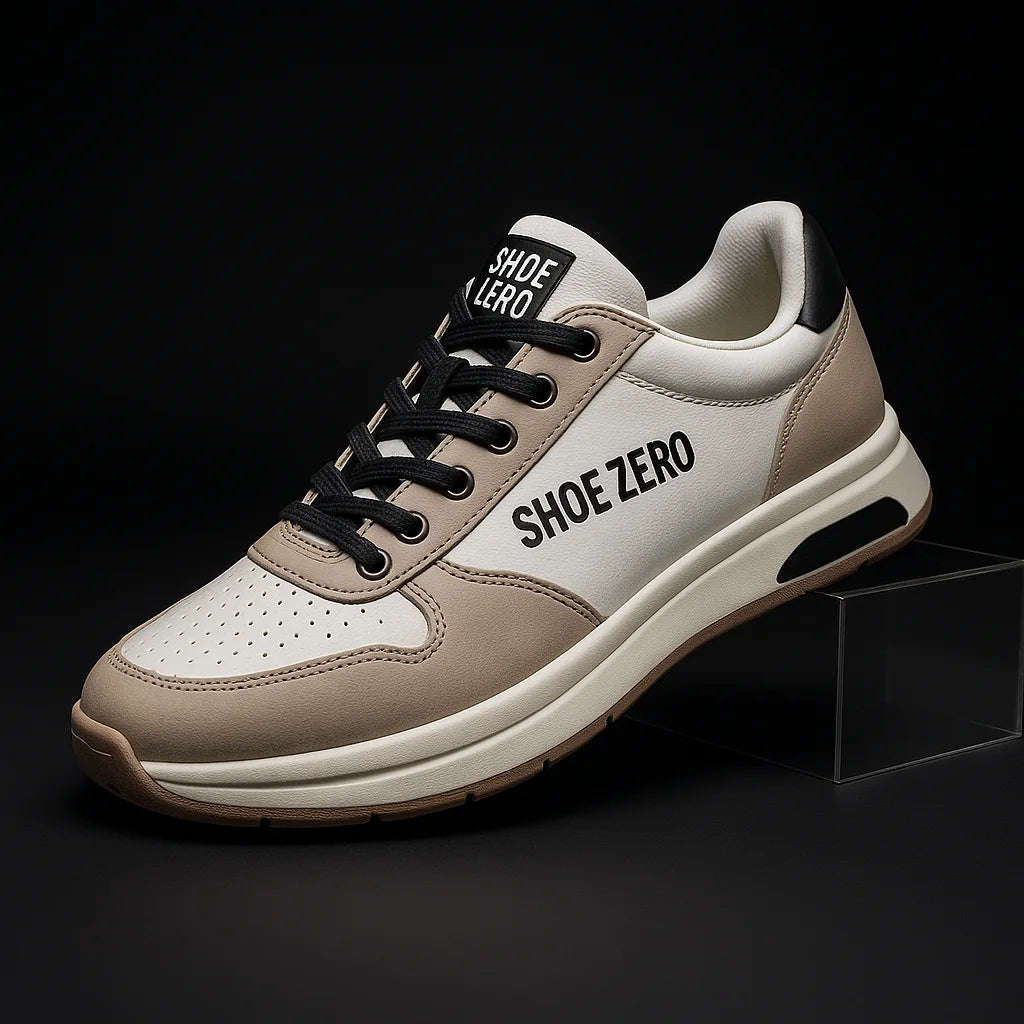When it comes to footwear, safety should always be a top priority. Whether you're a professional navigating a busy kitchen, a healthcare worker tending to patients, or simply someone who wants to avoid unexpected tumbles, understanding what makes a shoe slip-resistant is crucial. In this comprehensive guide, we delve into the key factors that contribute to slip resistance, how to determine if your shoes are slip-resistant, and why investing in non-slip shoes can have a significant impact on your well-being.
Tips and Techniques for a Sure Grip
1. Apply Traction Spray
If you find yourself slipping and sliding while wearing your favorite pair of shoes, don't despair just yet. Traction spray can come to your rescue. This magical solution increases the coefficient of friction between your shoe's sole and the surface you're walking on. A quick spritz can transform your regular shoes into slip-resistant ones, providing you with that much-needed stability.
2. Spray Hairspray on Your Outsoles
Hairspray isn't just for your hair – it can also lend a hand in making your shoes slip-resistant. By spraying a light coat onto the outsoles of your shoes, you can create a tackier surface that grips the ground better. It's a simple and cost-effective DIY solution that can make a world of difference.
3. Add a Mixture of Rubber Glue and Salt
Creating a slip-resistant surface can be as easy as raiding your kitchen and craft supplies. Mix rubber glue and salt to form a paste, then apply it to the soles of your shoes. As the glue dries, it forms a textured layer that enhances traction. Remember to evenly spread the mixture and let it set properly before testing your newly improved shoes.
4. Make Grooves in Your Soles
Turning your attention to the soles of your shoes, you can manually increase their grip by adding grooves. A simple utility knife can be used to carefully carve shallow lines into the sole's material. This technique provides channels for water and debris to escape, allowing your shoe to maintain contact with the ground.
5. Use Ice Grips
When winter's icy grip takes hold, your regular shoes might not provide the traction you need. That's where ice grips come in. These handy accessories slip over your shoes, featuring metal spikes that dig into icy surfaces. From snowy sidewalks to icy parking lots, ice grips can be a lifesaver during the colder months.
6. Rub Your Shoes with Sandpaper
If you're seeking a quick fix to improve traction, look no further than your toolbox. Sandpaper, with its abrasive texture, can be rubbed against the sole to scuff it up slightly. This abrasion enhances grip on various surfaces, giving your shoes a fighting chance against slips and falls.
7. Re-Sole Your Shoes
For those committed to long-term slip resistance, consider re-soling your shoes with a slip-resistant material. Numerous shoe repair shops offer this service, and it involves replacing the original sole with a specialized one designed to provide optimal traction.
8. Set Up a New Rubber Base
Your shoe's sole is its first line of defense against slips, so why not reinforce it? Adding a layer of rubber to the existing sole can significantly boost its slip-resistant capabilities. This can be particularly useful for those who work in demanding environments where safety is paramount.
9. Use Puff Paint
Puff paint isn't just for arts and crafts – it can also aid in creating a non-slip surface on your shoes. Apply the paint strategically to your shoe's sole to form raised patterns that grip the ground effectively. This cost-effective approach might surprise you with its efficacy.
10. Let Them Wear Down
Believe it or not, some shoes become more slip-resistant as they age. The wear and tear on the sole can create a textured surface that enhances traction. However, this method relies on the natural aging process of the shoe and may not be the most immediate solution.

How Can I Tell if My Shoes Are Slip-Resistant?
1. Is Slip-Resistance Specified?
When purchasing shoes, keep an eye out for labels or specifications that indicate slip resistance. Shoe manufacturers often take pride in designing footwear that promotes safety, and they're likely to highlight this feature on the packaging.
2. What Does the Shoe's Sole Look Like?
A quick glance at the sole can reveal a lot about its slip-resistant properties. Look for a sole with a textured pattern, as this design is engineered to improve traction. Additionally, deeper grooves and lugs are indicative of enhanced slip resistance.
3. How About the Tread?
The tread of a shoe's sole plays a vital role in slip resistance. Treads with multidirectional patterns and a good depth are designed to channel away water, grease, and other slippery substances, keeping your footing secure.
4. Wear or Walk in Them
Perhaps the most foolproof way to test slip resistance is to actually wear or walk in the shoes. Pay attention to how well they grip various surfaces, especially those prone to being slippery. A slip-resistant shoe should instill confidence and stability as you move.
What Prevents Them from Slipping?
Understanding the mechanisms that prevent shoes from slipping involves a bit of science. The coefficient of friction, which measures the grip between two surfaces, comes into play. Slip-resistant shoes are designed to maximize this coefficient, often through materials and tread patterns that increase contact with the ground.

Key Features of Non-Slip Shoes: What Sets Them Apart
Materials
Non-slip shoes are often crafted from specialized rubber compounds that provide excellent grip. These materials are formulated to maintain their slip-resistant properties even when exposed to various workplace conditions.
Design
The design of non-slip shoes focuses on stability. They typically have a broader base to enhance balance, and some models may incorporate supportive features like arch support to further promote sure-footedness.
Pattern
The pattern on the sole of a non-slip shoe is carefully engineered to optimize traction. It may include a combination of deep grooves, lugs, and channels that work together to minimize the risk of slipping.
Risks of Not Wearing Slip-Resistant Shoes: Protecting Yourself from Potential Harm
Broken Bones
Slips and falls can result in broken bones, which can lead to pain, immobility, and even surgery in severe cases.
Head Injury
A fall on a slippery surface can result in a head injury, which may range from a mild concussion to more severe traumatic brain injuries.
Internal Organ Damage
Hard falls can also lead to internal organ damage, with potentially life-threatening consequences.
Back Injury
The impact of a fall can cause back injuries that result in chronic pain and discomfort.
Other Injuries
Various other injuries, from sprains and strains to cuts and bruises, are all possible outcomes of slipping on an unsafe surface.
Why Slip Resistant Shoes Are Vital for Workers: Enhancing Workplace Safety
In work environments where spills, moisture, and slick surfaces are a constant concern, non-slip shoes play a pivotal role in reducing the risk of accidents. By providing the traction needed to navigate these conditions, these shoes contribute to a safer and more productive workplace.

The Ideal Non-Slip Work Shoe: A Balance of Safety and Comfort
When searching for the ideal non-slip work shoe, striking a balance between safety and comfort is key. Look for shoes that not only offer excellent slip resistance but also provide adequate support and cushioning for the demands of your profession.
Who Can Benefit from a Non-Slip Pair? Diverse Applications of Slip-Resistant Shoes
Non-slip shoes aren't limited to specific industries – they offer benefits to a wide range of individuals. From nurses and chefs to factory workers and hikers, anyone who values stability and safety can benefit from wearing slip-resistant footwear.
Invest in Your Safety and Comfort: The Lasting Benefits of Non-Slip Shoes
When it comes to slip-resistant shoes, the investment is twofold – you're investing in both your safety and comfort. By wearing shoes that are designed to prevent slips and falls, you're taking a proactive step toward safeguarding yourself from potential harm. Additionally, the comfort features of non-slip shoes ensure that your feet remain supported and pain-free, even during long hours on your feet.
____________________________________________________
Key Takeaways
Slip-resistant shoes aren’t just a trend, they’re an essential for anyone who values safety, comfort, and stability. By learning what makes a shoe slip resistant, from specialized tread patterns to high-friction rubber soles, you can choose footwear that reduces the risk of slips and falls while keeping your feet supported.
At Shoe Zero, you can take it a step further by designing your own stylish, functional custom shoes that balance safety with self-expression. Want performance-ready grip? Check out custom basketball shoes. For everyday wear, go with custom low tops or custom high tops. Need something tough and durable? Explore our custom boots. Prefer laid-back comfort? Try our custom sandals. You can even keep the whole family secure with custom kids shoes, or expand your brand with custom merch like t-shirts and backpacks.
Don’t wait, design your custom slip-resistant shoes with Shoe Zero today and step confidently into a world where style meets safety.
FAQs (Frequently Asked Questions)
1. Can I make my existing shoe slip-resistant?
Absolutely. There are various DIY methods, such as applying traction spray, using puff paint, or creating grooves on the sole, that can improve the slip resistance of your current shoes.
2. Are slip-resistant shoes only for certain professions?
No, slip-resistant shoes benefit a wide range of individuals. They are particularly valuable in professions where walking on slippery surfaces is common, but anyone can benefit from the added safety.
3. How often should I check my non-slip shoes for wear and tear?
Regular inspections are recommended, especially if you use them frequently. The tread pattern and overall condition of the sole can significantly affect their slip-resistant properties.
4. Can I wear slip-resistant shoes outside of work?
Absolutely. Slip-resistant shoes are designed for safety in a variety of environments, not just the workplace. They can be especially useful in wet or icy conditions.
5. What should I do if my slip-resistant shoes start losing their grip?
If you notice your slip-resistant shoes aren't performing as well as before, it might be time to consider replacing them. The effectiveness of the slip-resistant properties can diminish over time due to wear and tear. You can check out our custom shoes for various options.


